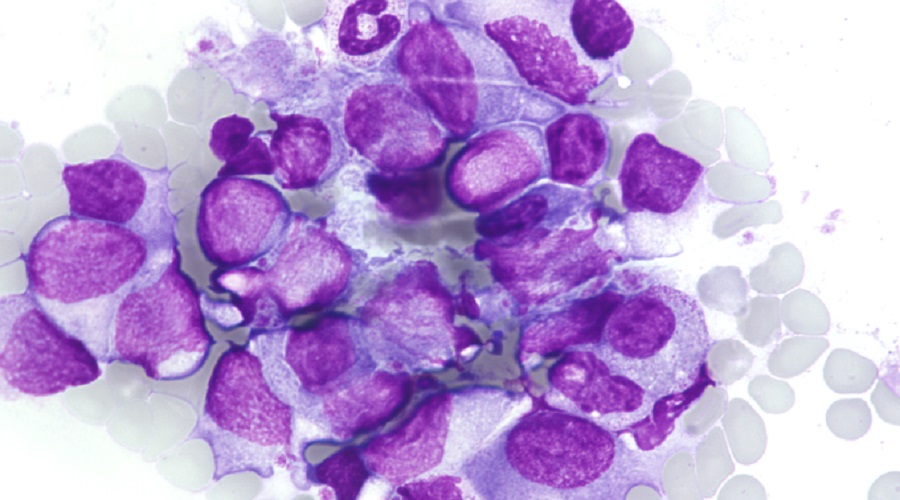
Recommendations for diagnosis and treatment of TAM and ML-DS
In news from the clinical side of our lab, Sina Al-Kershi has recently published updated recommendations for the diagnosis and treatment of children with transient abnormal myelopoiesis (TAM) and myeloid leukemia in Down syndrome (ML-DS). This article draws on clinical studies from the Berlin-Frankfurt-Münster (BFM) study group to present diagnostic and treatment guidelines for TAM and ML-DS patients.
Children with Down syndrome are at risk of developing TAM and/or myeloid leukemia. While most infants with TAM are asymptomatic and go into spontaneous remission, about 20% die within the first six months due to TAM-related complications. Another 20–30% progress from to full-blown leukemia (ML-DS). ML-DS patients are particularly vulnerable to therapy-associated toxicity, but the prognosis of relapsed ML-DS is extremely poor – thus, treatment strategies must strive to balance appropriate efficacy (relapse avoidance) and attenuation of treatment-related toxicities. This article presents diagnostic and therapeutic guidelines for TAM and ML-DS based on the results of previous clinical studies from the BFM working group, which have helped reduce the risk of early death in symptomatic TAM patients using low-dose cytarabine, and which have achieved excellent cure rates for ML-DS using intensity-reduced treatment protocols.